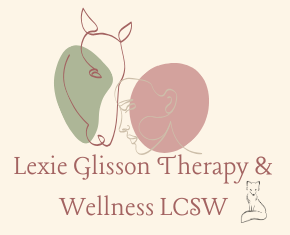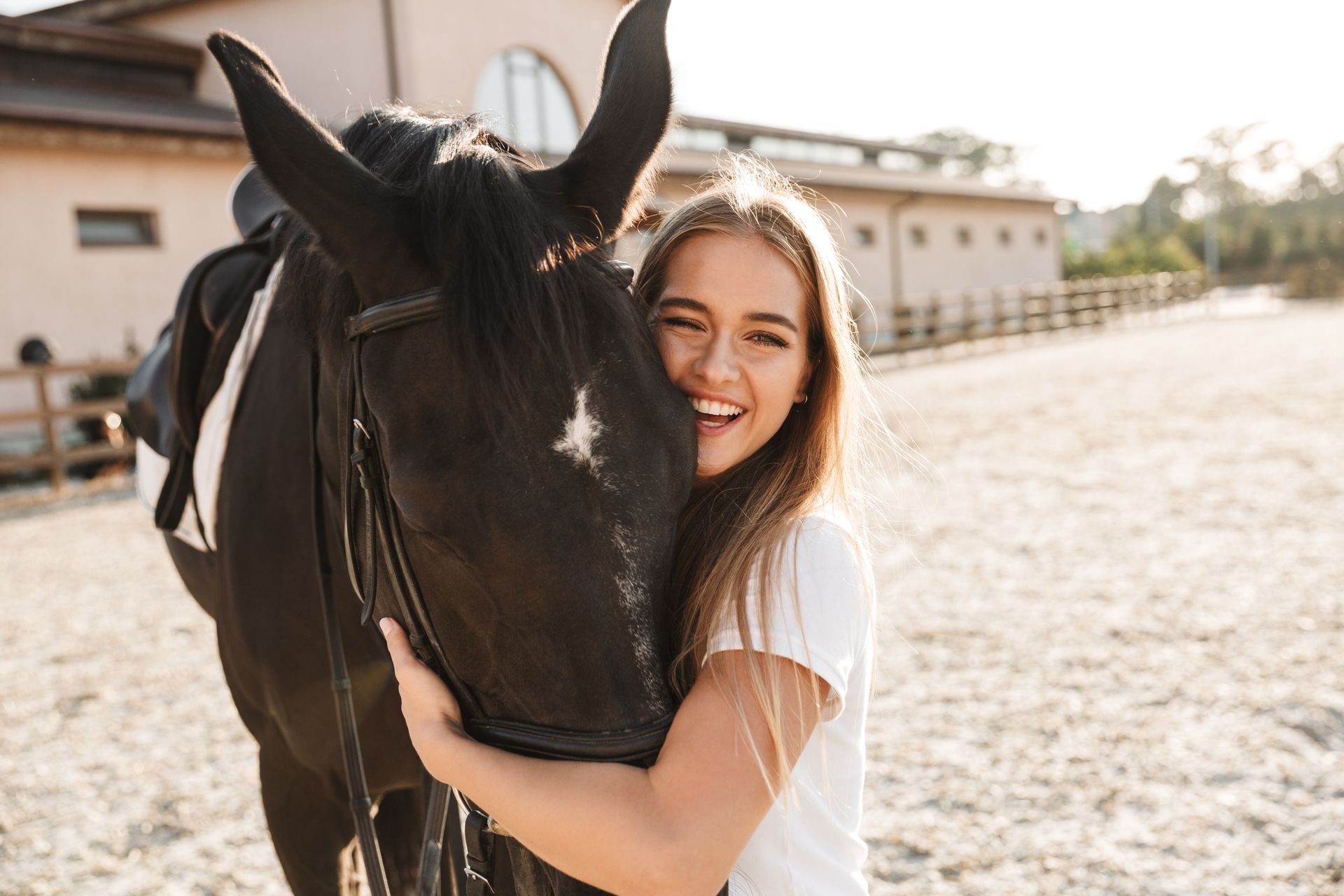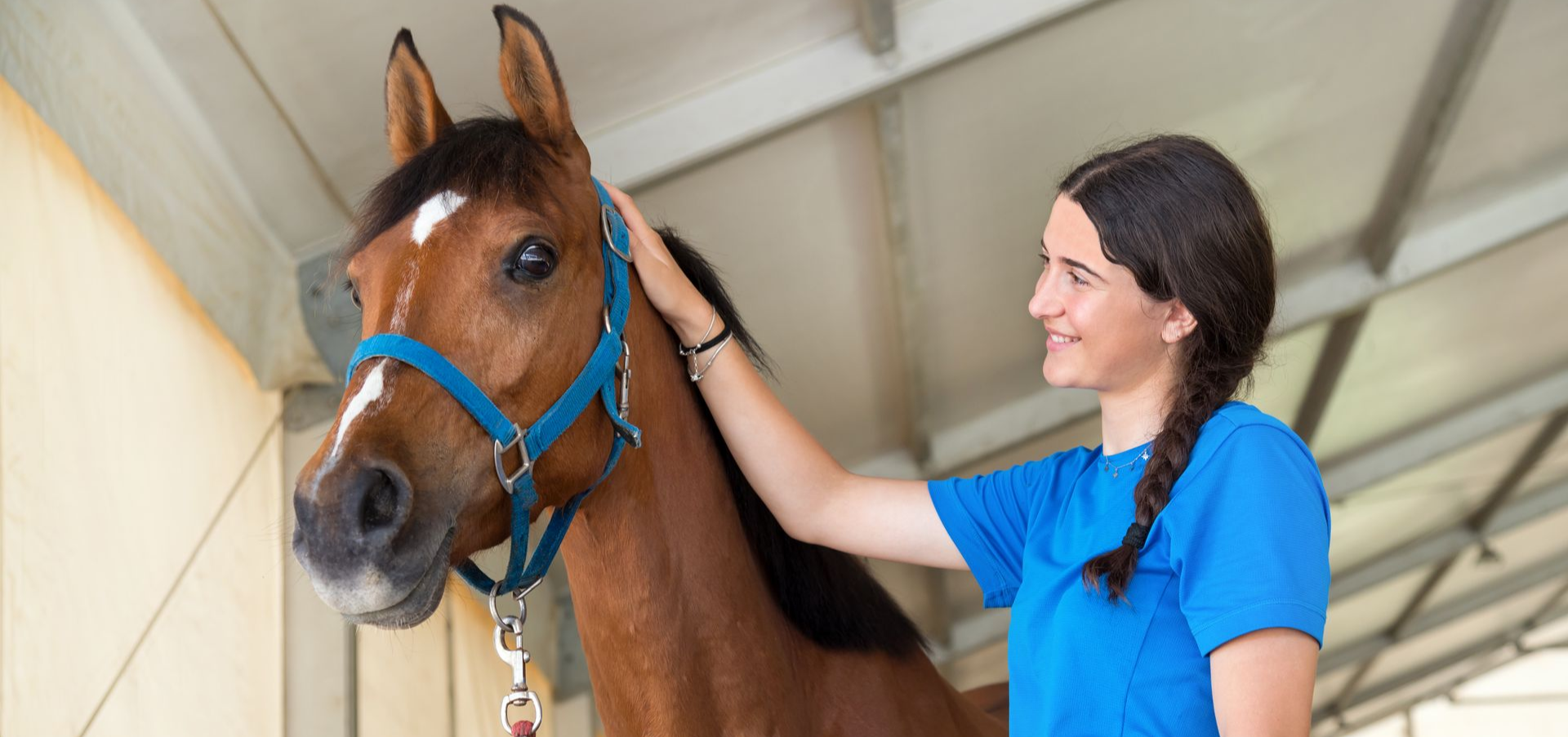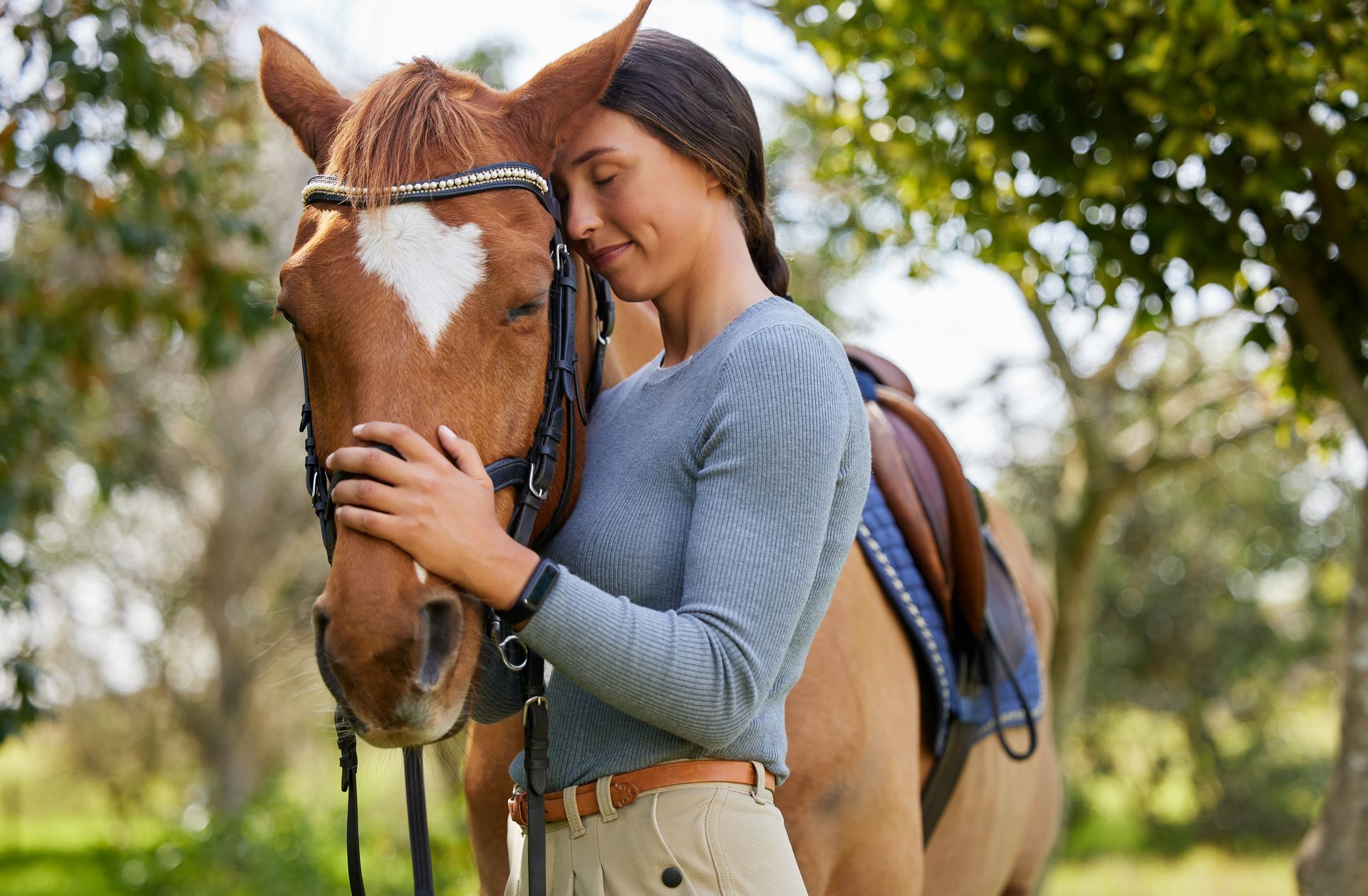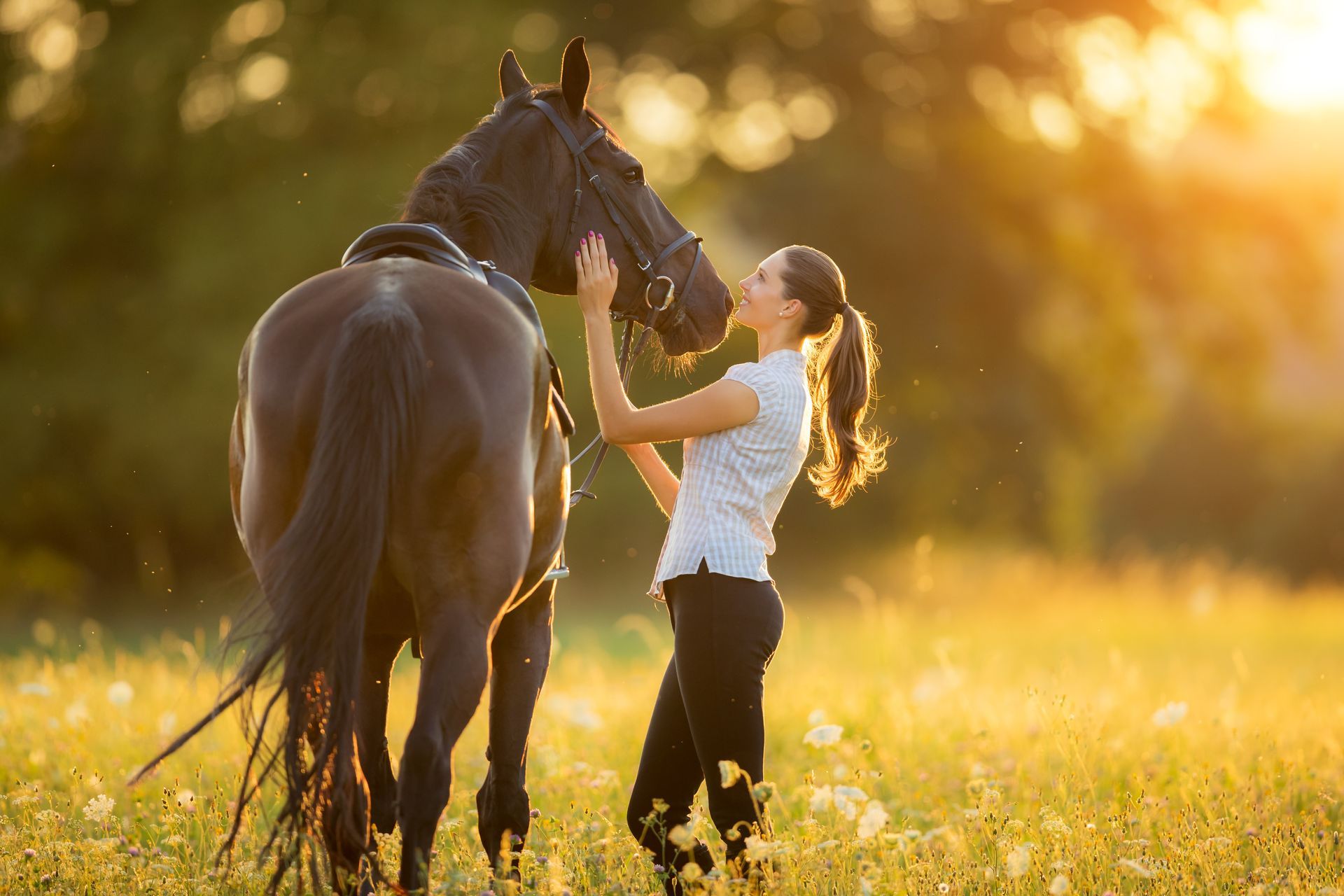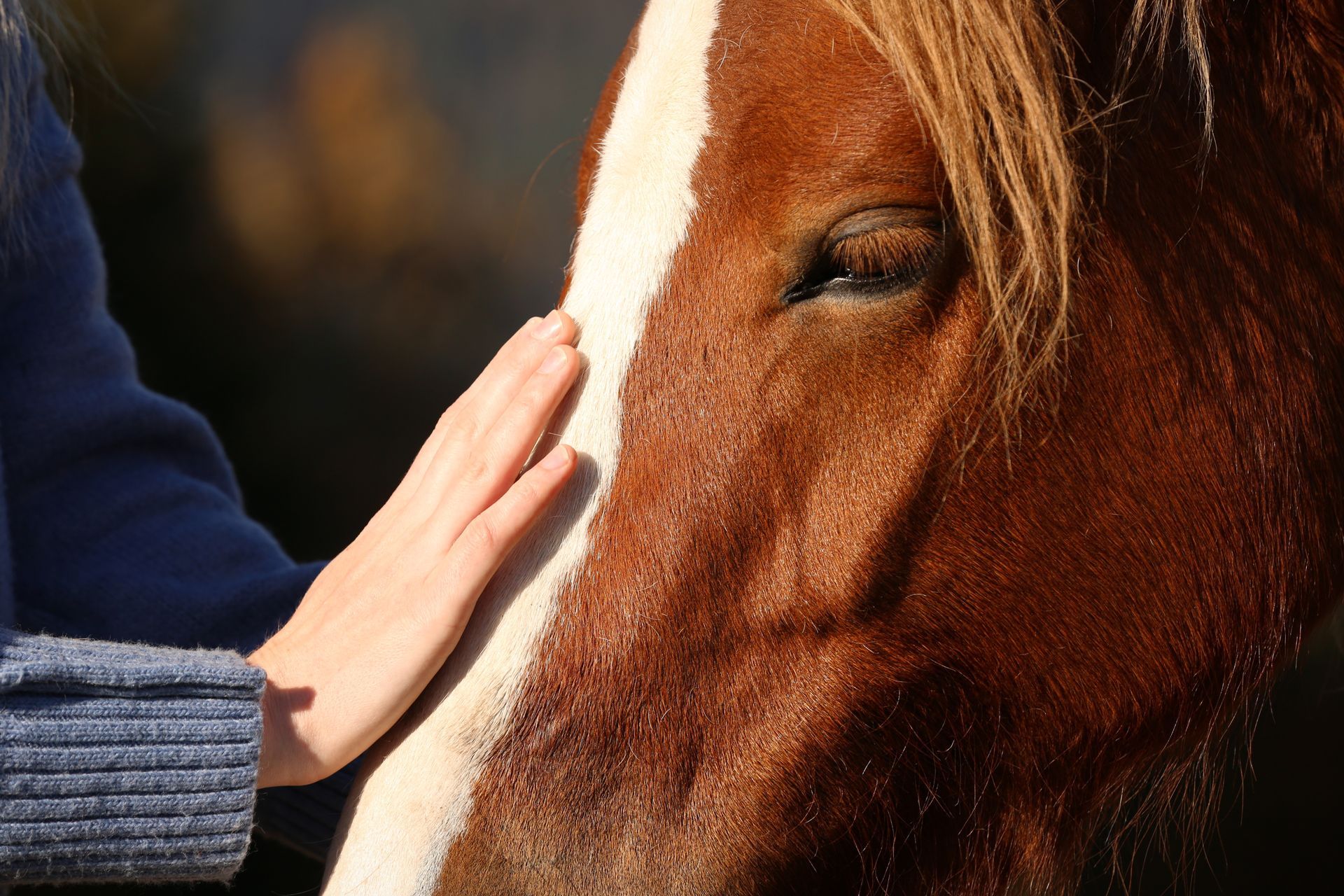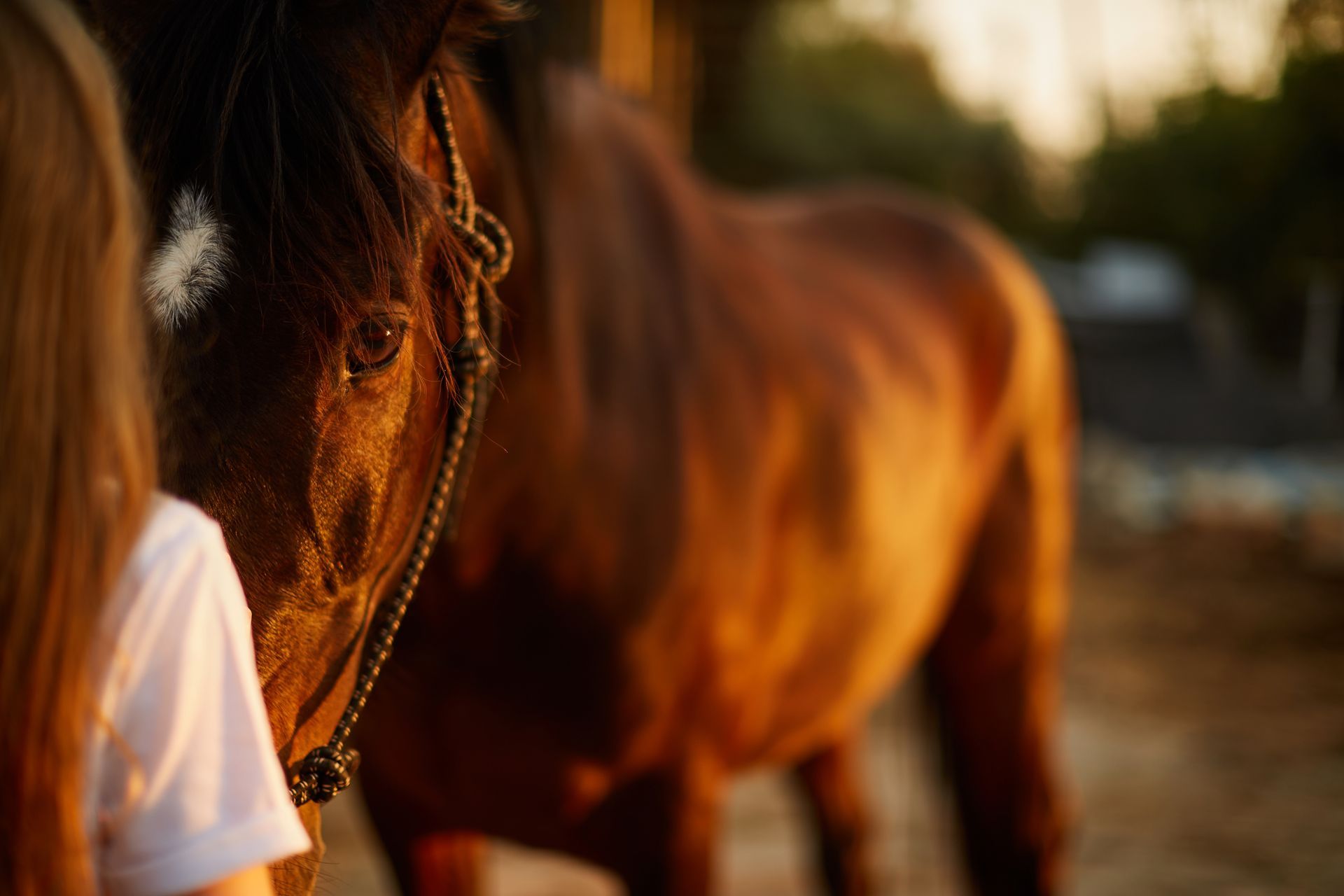Is Always ‘Getting Back On the Horse’ Harming Your Emotional Healing?
In the competitive equestrian world, “getting back on” after a fall isn’t just a saying—it’s a badge of honor. It represents grit, bravery, and emotional toughness. Growing up in Louisiana’s hunter-jumper scene, I learned early that falling off was part of the process. “Every good rider falls,” they’d say, and we’d get back on—sometimes before our bodies even registered the impact.
The Hidden Cost of Always Being Strong in the Equestrian World
This mindset taught me perseverance and fearlessness—but it also had a quiet cost. Over time, I realized that constantly pushing through pain and fear came at the expense of connection. By building emotional armor, I was also unintentionally blocking out joy, vulnerability, and the support I needed to heal.
Finding the Balance: Strength and Vulnerability in Equine Therapy
My journey from competitive rider to equine therapist taught me that real resilience isn’t about ignoring our emotions—it’s about making space for them. The show ring trained me to compartmentalize, to push forward no matter what. But horses in a therapeutic setting helped me understand that strength and sensitivity can—and should—coexist.
Why Honoring Emotions Is Part of the Healing Process
When working with clients in Boulder and Golden, I encourage a more nuanced view of resilience. Sometimes, yes, we do need to “get back on the horse.” But other times, we need to pause, listen to our bodies, and allow ourselves to fully process our experiences. Emotional healing requires both courage and care.
How Horses Teach Us to Trust Again After Trauma
In equine-assisted therapy, horses demonstrate this delicate balance beautifully. A horse that’s experienced something frightening doesn’t forget it—but they don’t stay stuck in fear. They remain alert, yes, but also curious and open to connection. They model what it means to move forward without dismissing the past.
Redefining Resilience: From Toughness to True Connection
I’ve had to unlearn the rigid “tough it out” mentality I grew up with. Sensitivity—once something I saw as a flaw—turned out to be a powerful gift. It helped me form deeper connections with horses and later, with clients. That shift redefined what strength means to me.
What True Emotional Strength Looks Like in Equine Therapy
Over the years, I’ve learned that authentic resilience means:
- Facing fear without being paralyzed by it
- Feeling pain without letting it define you
- Allowing vulnerability while maintaining healthy boundaries
- Embracing both strength and softness as equally powerful
When to Push Forward—and When to Pause
In my therapy practice, I help clients tune into their internal signals. Sometimes, it’s empowering to get back on right away. Other times, the most healing thing you can do is rest. Learning to tell the difference—and to trust that instinct—is key to long-term healing.
What I Wish I Knew Then: A New Understanding of Resilience
If I could talk to my younger self after those early falls, I’d say this: It’s okay to cry. It’s okay to feel scared. It’s okay to take a breath. And yes—it’s okay to get back on, but only when you're ready. Not when someone else tells you it’s time.
